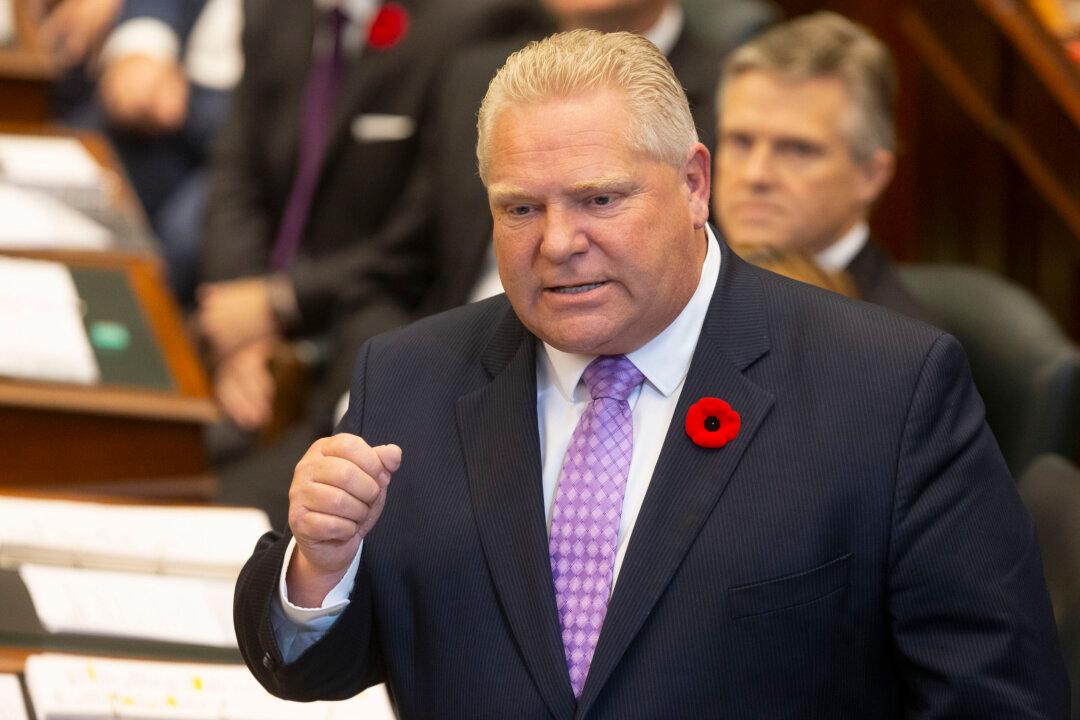Ontario has a problem. It’s awash in red tape.
For example, hairdressers need to collect customers’ contact info just like tattoo parlours.


Ontario has a problem. It’s awash in red tape.
For example, hairdressers need to collect customers’ contact info just like tattoo parlours.